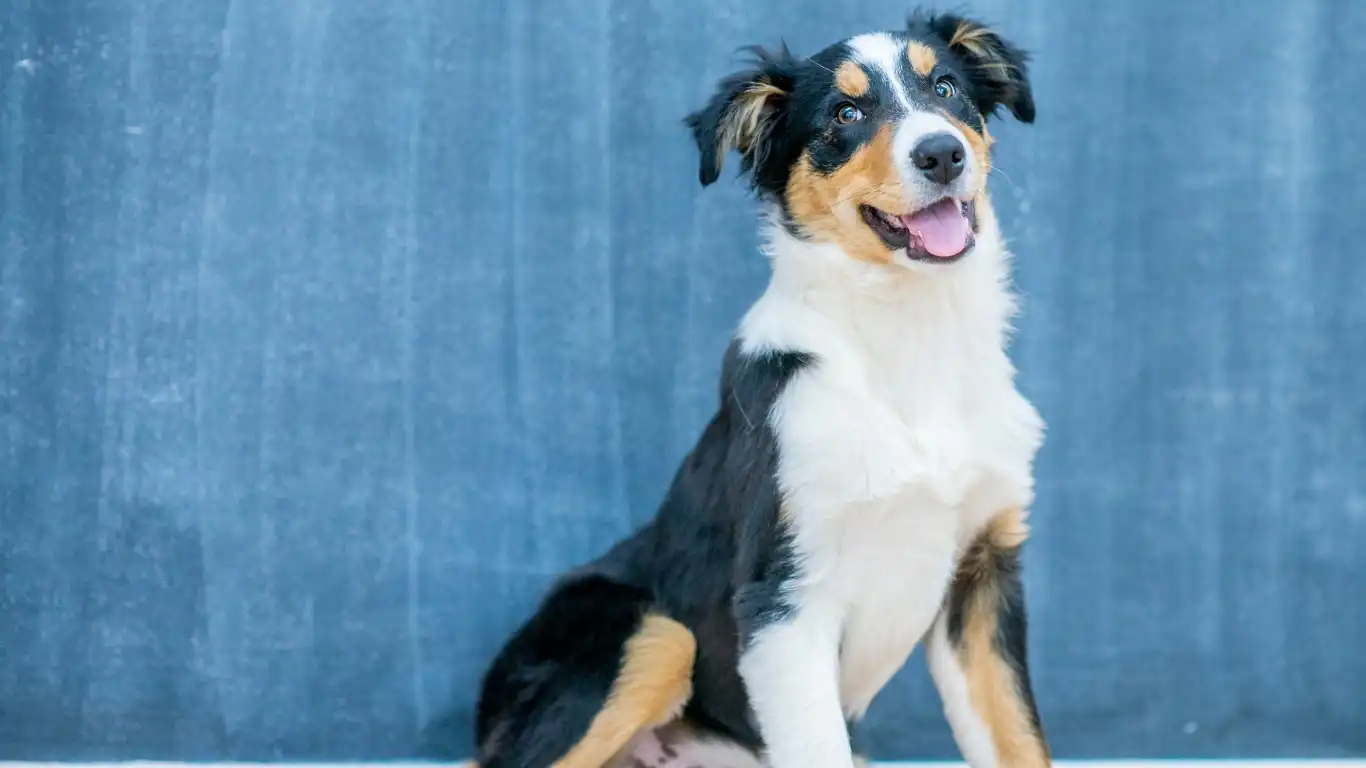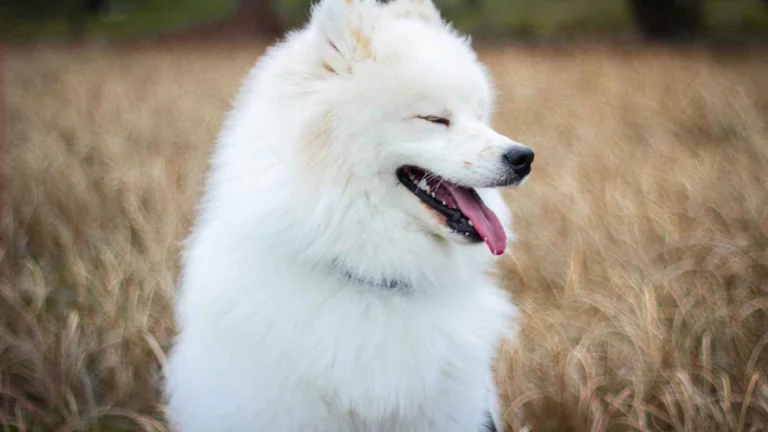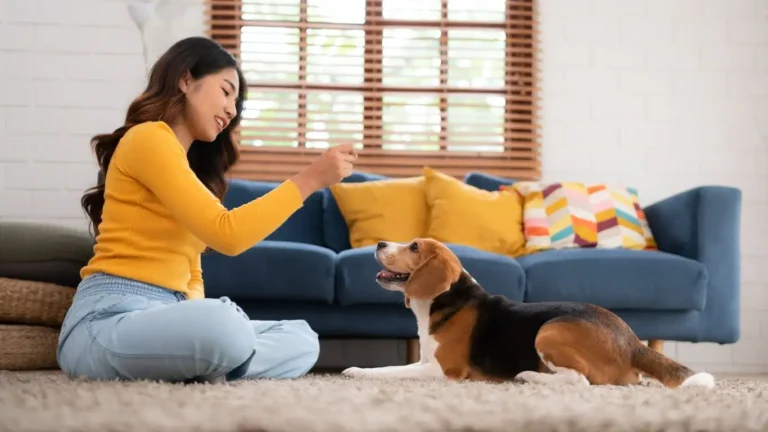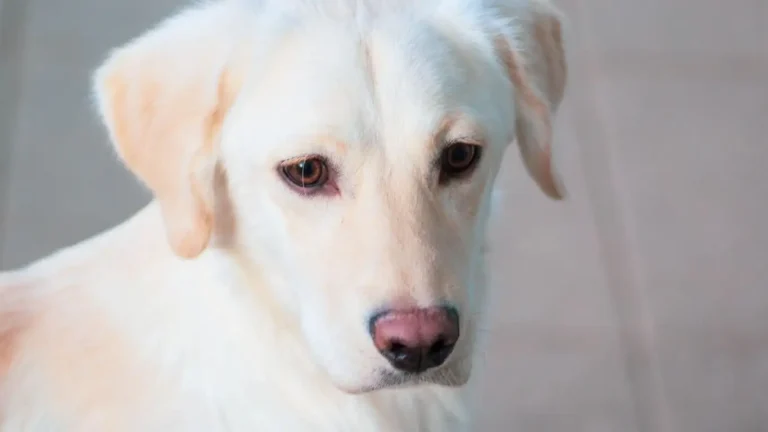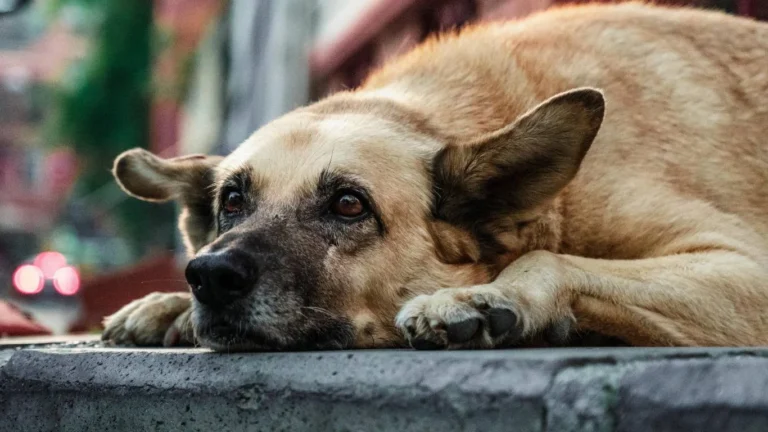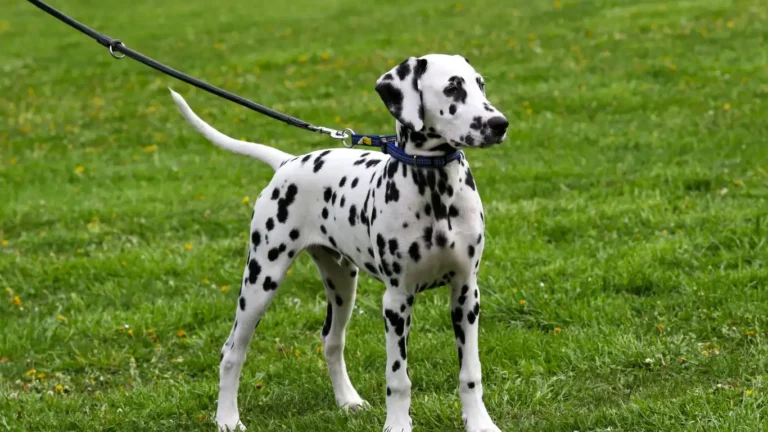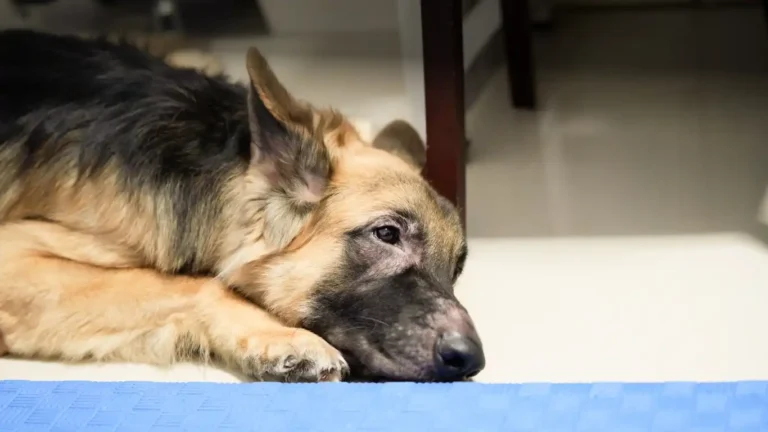Proven Ways to Keep Your Dog Safe During Backyard Playtime Fun
If you’ve got a lively pup who loves spending time outside, you’re not alone. I’ve worked with countless pet parents in my years as a Veterinary Technician and Nutrition Specialist, and one thing I’ve learned is how vital it is to know how to keep your dog safe during backyard play. You might think your fenced-in yard is a haven, but there are hidden hazards that even the most doting dog parents can miss. Trust me—I’ve treated more than one paw cut from sharp landscaping rocks and a few cases of mysterious tummy troubles after “yard snacks.” Let’s dive into making your backyard a fun and secure play zone for your four-legged buddy.
Common Backyard Hazards You Might Be Overlooking
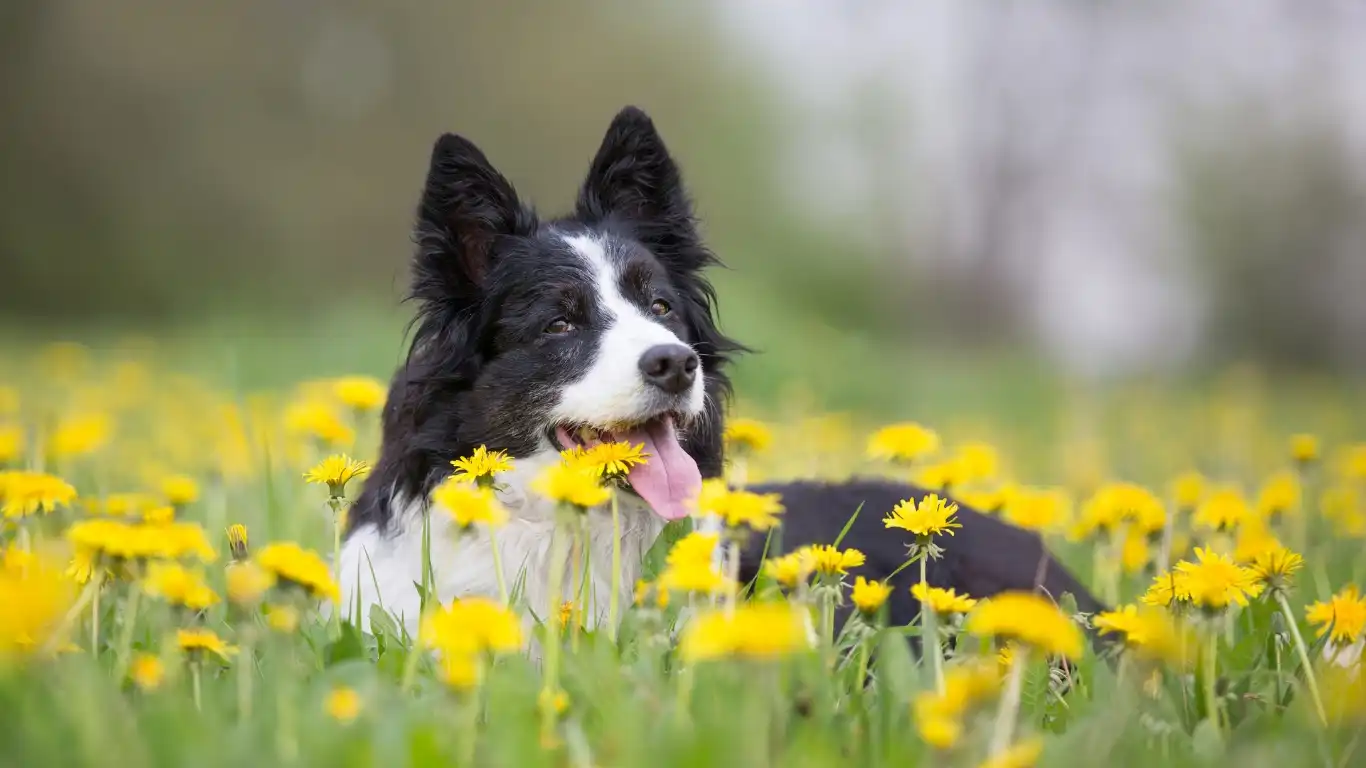
1. Toxic Plants and Mulch
Just because a plant is pretty doesn’t mean it’s pup-safe. I’ve seen too many cases where dogs ended up in the ER after munching on seemingly harmless greens. Azaleas, sago palms, and even some mushrooms can cause serious reactions. Cocoa mulch? It smells like chocolate but is a no-go—it’s as dangerous as the candy itself.
- Sago Palm: Highly toxic; even small amounts can be fatal.
- Lilies: While more dangerous to cats, some types can also upset a dog’s stomach.
- Mushrooms: Wild mushrooms are tricky—better safe than sorry.
2. Fence Failures and Escape Artists
Dogs are clever—and persistent. I’ve met my share of canine Houdinis who figured out how to wiggle under, leap over, or push through fences. One particularly resourceful Beagle in our clinic once cleared a 5-foot fence chasing a squirrel. Yup, that happened.
- Regularly inspect your fencing for gaps, rot, or weak spots.
- Consider burying chicken wire a few inches underground along the fence line to stop diggers.
- Install coyote rollers or angled fence toppers if your dog’s a jumper.
3. Lawn Chemicals and Fertilizers
It’s easy to forget that the stuff keeping your lawn green might be wreaking havoc on your pup’s paws—or belly. Fertilizers, weed killers, and pesticides can linger on grass and be licked off fur or paws later. I had a Golden Retriever patient come in with vomiting and seizures after exposure to lawn granules. The owners were heartbroken—they had no idea.
Pro Tip: Always wait the recommended time after applying any chemical before letting your dog out, and opt for pet-safe alternatives whenever possible.
How to Keep Your Dog Safe During Backyard Play with Smart Setup
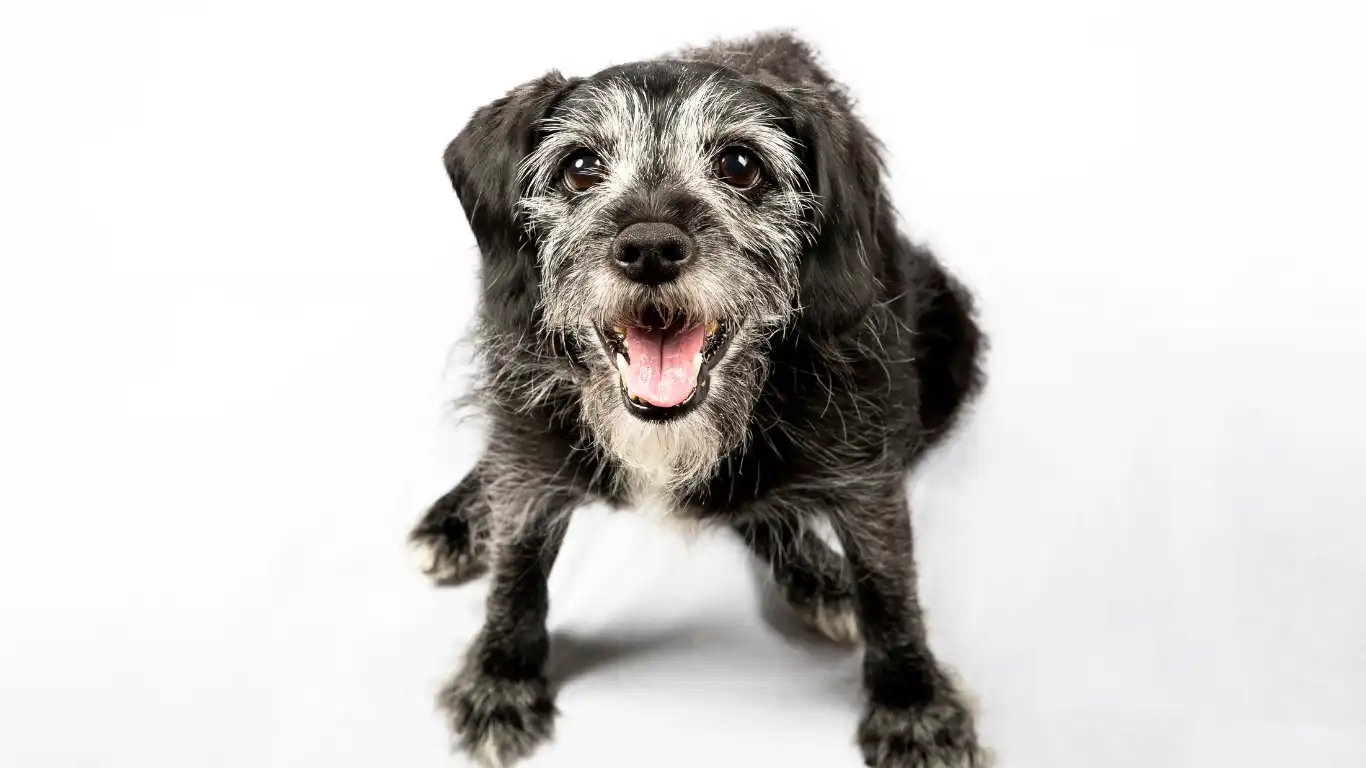
1. Create a Designated Play Zone
It’s helpful to have a “dog zone” within your yard. Think of it like a kid’s sandbox—it’s their space to dig, roll, zoom, and just be goofy. I’ve helped a few clients design dog-safe corners complete with shady spots, doggy splash pools, and sandbox digging pits. It makes a difference in keeping them engaged and out of trouble.
- Use pet-safe turf or grass to avoid chemical exposure.
- Incorporate natural shade like trees, or set up a UV-blocking canopy.
- Add interactive toys that don’t become choking hazards.
2. Watch the Weather
We all know dogs can’t exactly tell us when they’re overheating. During warmer months, that midday backyard romp can turn risky. I’ve seen more than one heat exhaustion case where the signs came too late. If the pavement or deck is too hot for your hand, it’s too hot for their paws.
Keep a water station outside and make sure it stays cool. Bonus points if you add ice cubes—most pups think they’re chew toys. Shade is non-negotiable, and remember, breeds like Pugs or Bulldogs struggle even more in the heat due to their short snouts.
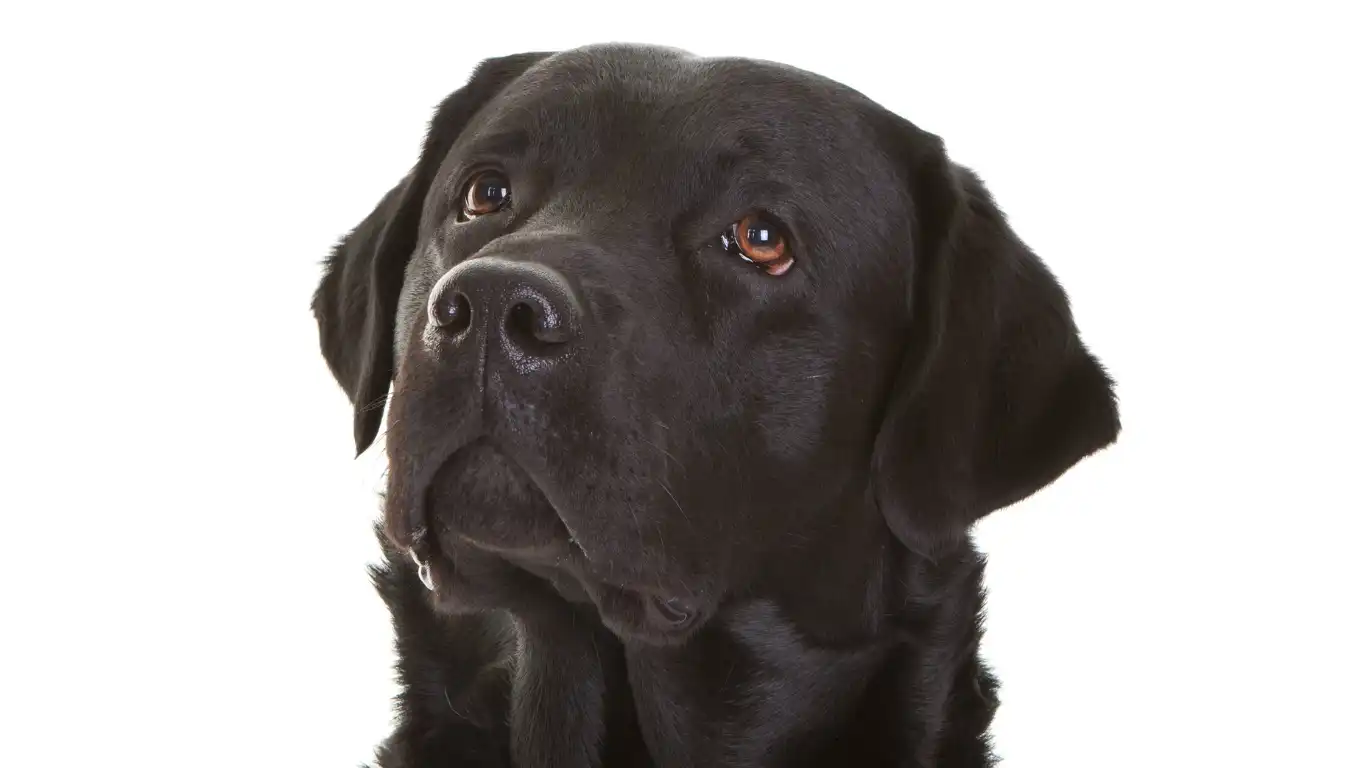
3. Supervise, Even in Familiar Spaces
This might sound obvious, but I’ve talked to so many folks who assume their dog is fine because “they know the yard.” But accidents don’t care about familiarity. Dogs can choke on sticks, ingest bugs, or hurt themselves while roughhousing—yes, even in their own backyard.
A quick glance out the window isn’t always enough. Try to hang outside with them when possible, especially during active play. It’s a great bonding opportunity too—I usually tell clients, “Your dog doesn’t just want to be outside. They want to be outside with you.”
Choosing Backyard Toys That Are Actually Safe
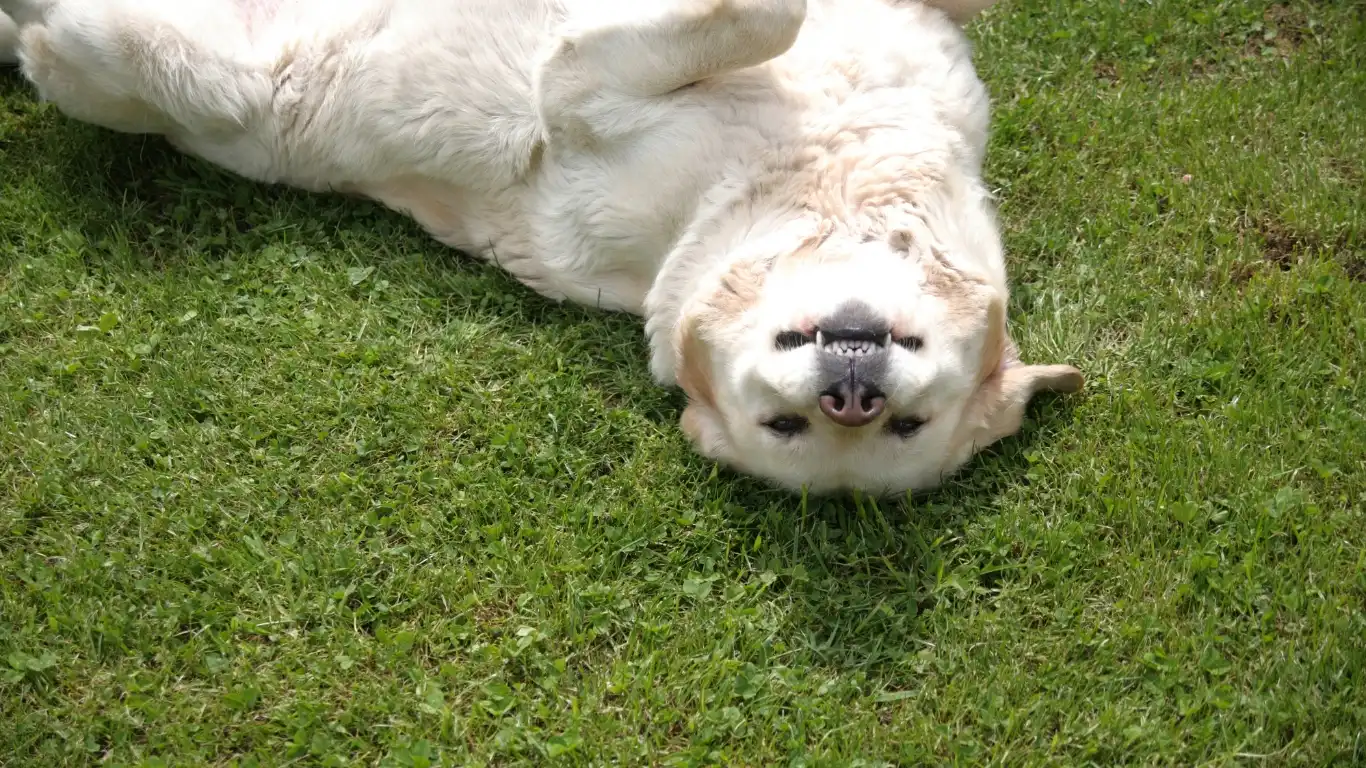
1. Not All Toys Are Backyard Approved
Okay, let’s talk toys. Just because something’s labeled “for dogs” doesn’t mean it’s safe for unsupervised outdoor play. I’ve seen toys shatter into sharp bits, or worse—get swallowed whole. One Labrador I treated had gulped half a rubber bone. Emergency surgery. Not fun for anyone.
Outdoors, you want durable, weather-resistant toys—think Kong-style, tough rubber, or treat-dispensing puzzles that hold up under paw pressure. Rope toys are fine if your pup isn’t a shredder, but I’d skip plush toys in the yard. Too easy to rip up and ingest fluff, especially when you’re not watching every second.
- Look for: Non-toxic, BPA-free materials that don’t absorb moisture
- Avoid: Squeakers (unless supervised), rawhide chews, and anything that can become a choking hazard
2. Rotate Toys to Prevent Boredom
Just like us, dogs get bored with the same ol’ stuff. If your backyard toy basket hasn’t changed in a while, it might be time to mix things up. I like to suggest a weekly “toy swap.” Keep a few toys out, stash the rest, and rotate them in every few days. Keeps things fresh and exciting without spending a fortune.
Protecting Paws, Bellies, and Curious Noses
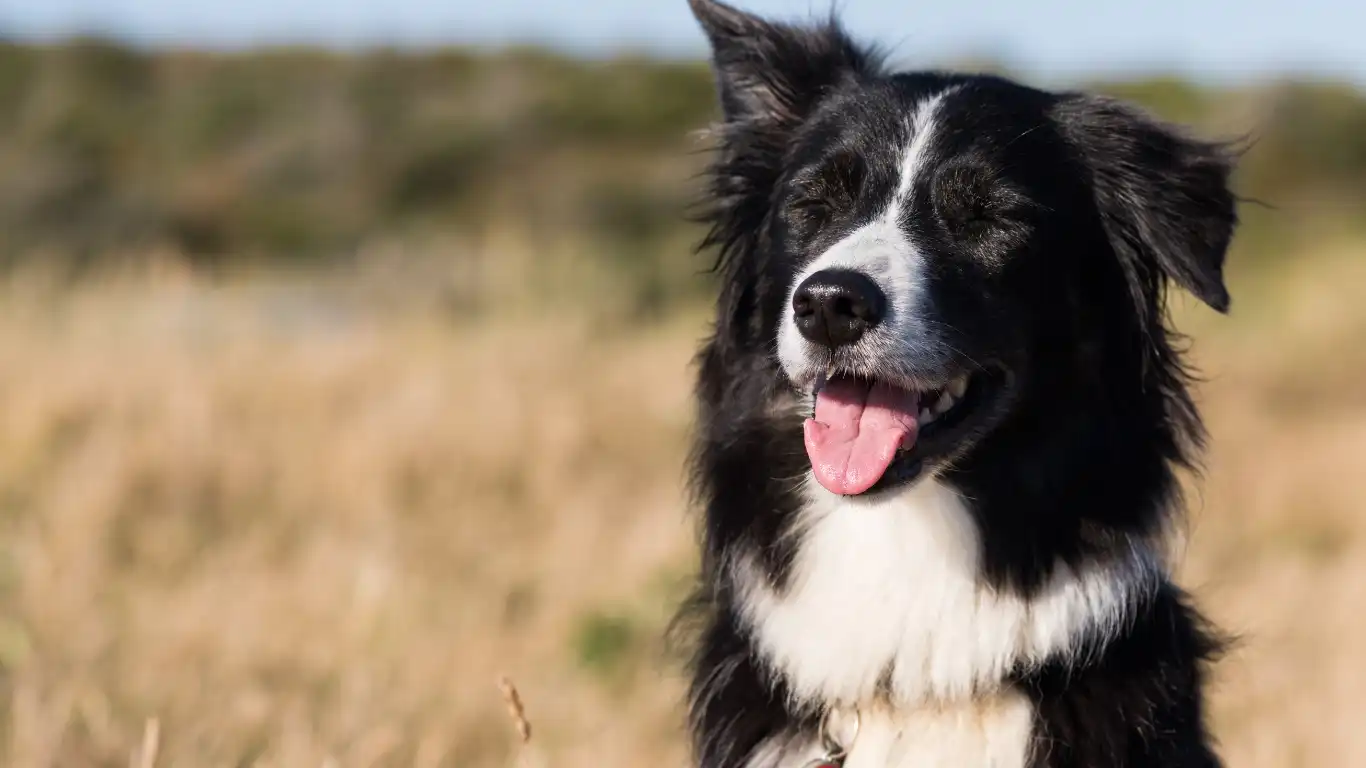
1. Mind the Ground Temperature
One thing many folks overlook is how hot surfaces can get. I’ve treated blistered paw pads in the summer more times than I can count. Even natural surfaces like artificial turf can get scorchingly hot under the sun. My rule of thumb? If you can’t comfortably leave your hand on it for 5 seconds, your dog shouldn’t walk on it.
During peak heat, consider keeping play sessions early in the morning or later in the evening. You can also lay down shaded mats or cooling pads in favorite lounging spots. Some pet parents I know even hose down patios or turf before letting their pups out—smart move!
2. No Backyard Buffet: Stop Scavenging
Oh boy—let me tell you about the Great Compost Disaster of 2022. A sweet but sneaky Doodle got into the corner compost bin while her owner was gardening. Fast forward to a night of vomiting, a panicked trip to emergency care, and a whole lot of activated charcoal. Compost piles, trash bins, and even bird seed can be irresistible to curious noses—but they’re risky.
Pro Tips:
- Keep trash and compost bins latched or in a locked shed.
- Clean up fallen fruit or berries if you’ve got trees in your yard.
- Skip using cocoa hull mulch—it smells like a treat but it’s toxic.
Smart Supervision & Behavioral Tips for Backyard Play

1. Be Their Playmate, Not Just Their Referee
I always tell pet parents: Dogs don’t just want space, they want your attention. When I worked at a behavior-focused clinic, we noticed dogs left alone outside too often got into trouble—digging, barking, chewing… you name it. But dogs who had owners engaging with them in the yard? Much calmer and more content.
Even just tossing a ball or playing a quick game of tug does wonders. Plus, it’s a great opportunity to reinforce training commands in a fun, low-pressure setting. Think of your backyard as a mini training field!
2. Watch for Overstimulation and Reactivity
Sometimes backyards can be overstimulating. Squirrels, neighbors, other dogs barking—it all adds up. I once worked with a reactive Terrier who would get so amped up by movement outside the fence that she’d redirect and snap at her housemate. Yikes, right?
If your dog tends to be reactive, try these:
- Install visual barriers—like privacy fencing or shade fabric—to block line of sight.
- Use white noise or calming music outside to muffle triggering sounds.
- Redirect with high-value treats or toys before the reaction kicks in.
Remember, a well-exercised dog is a calmer dog. Backyard play is amazing, but pairing it with daily walks and mental stimulation indoors helps a lot too.
3. Train Recall—Even in Your Own Yard
This is a hill I’ll die on: You should always practice recall, even if your yard is fenced. Emergencies happen. A gate gets left open, a tree falls, a fence breaks. I had one pup dart out after a deer, and he was halfway across a neighboring field before his owner could even blink. Thankfully, his recall training kicked in just in time.
Make “come” a game, reward heavily, and practice it regularly—outside, inside, during play, during calm. You’ll thank yourself later.
Backyard Playtime Essentials Every Dog Parent Should Have
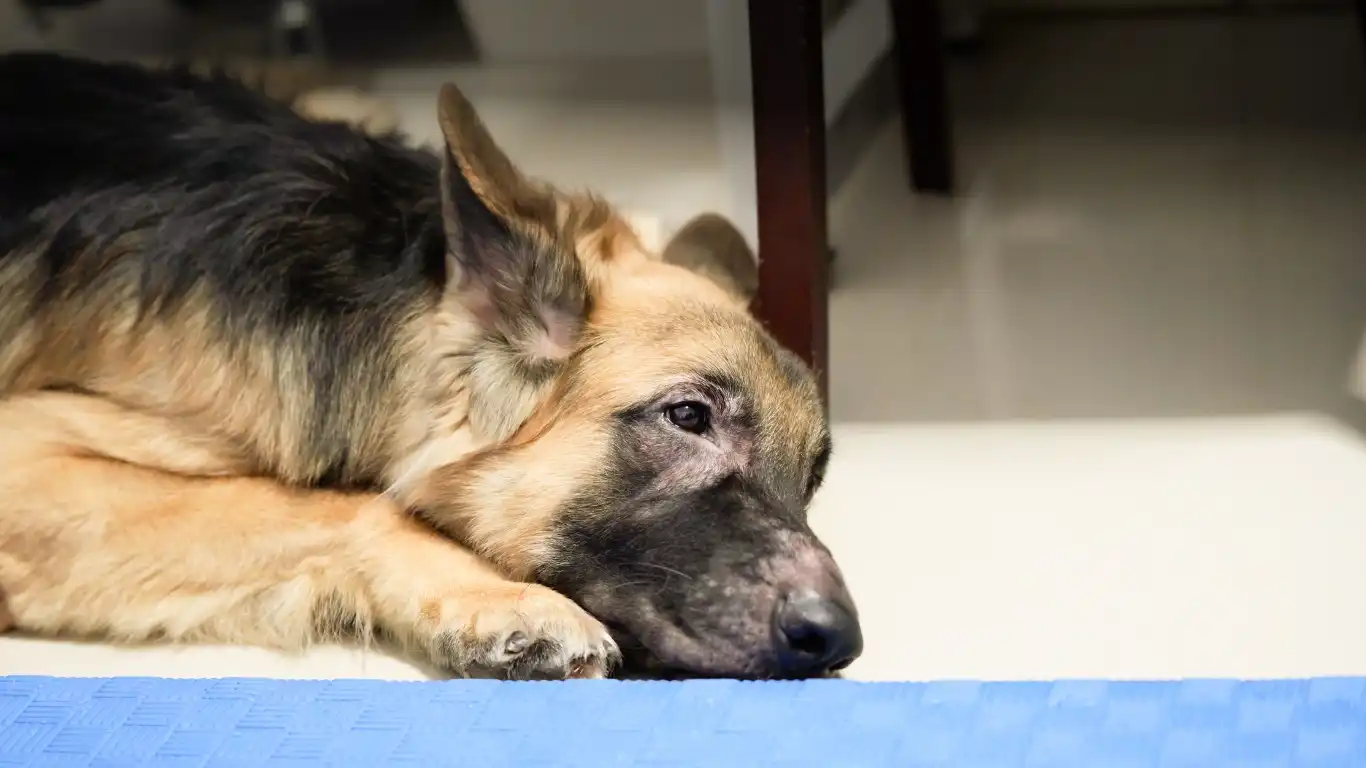
1. First-Aid Kit for Outdoor Oopsies
If you’ve been around dogs long enough—especially active ones—you know that little accidents happen. Scraped paws, minor cuts, bee stings… I always tell my clients, “You don’t need a vet in your backyard, but a basic doggie first-aid kit? That’s a smart move.”
Here’s what I recommend keeping nearby during backyard play:
- Pet-safe antiseptic wipes
- Styptic powder for minor bleeding (like if a nail chips)
- Bandage wraps (non-stick and self-adhesive)
- Benadryl (always check proper dosage with your vet!)
- Tweezers for ticks or splinters
Keep it all in a weatherproof container and store it somewhere easily accessible. I keep mine right by the back door, just in case. You never think you’ll need it—until you do.
2. Set Up a Cool-Down Station
Especially during warmer months, you’ll want a shady spot where your pup can rest and cool off. I’ve seen so many dogs play themselves into exhaustion because, well, they just don’t know when to quit. A designated chill zone helps remind them (and you) to take breaks.
Some ideas:
- Pop-up shade tents or UV-blocking umbrellas
- Elevated cooling beds that allow airflow underneath
- Shallow splash pools (watch for slips!)
- A ceramic water bowl that stays cool longer
I once had a client add a little outdoor fan near their dog’s favorite spot, and her senior Labrador would just sprawl in the breeze like royalty. It was adorable—and functional.
Seasonal Tips for Backyard Safety
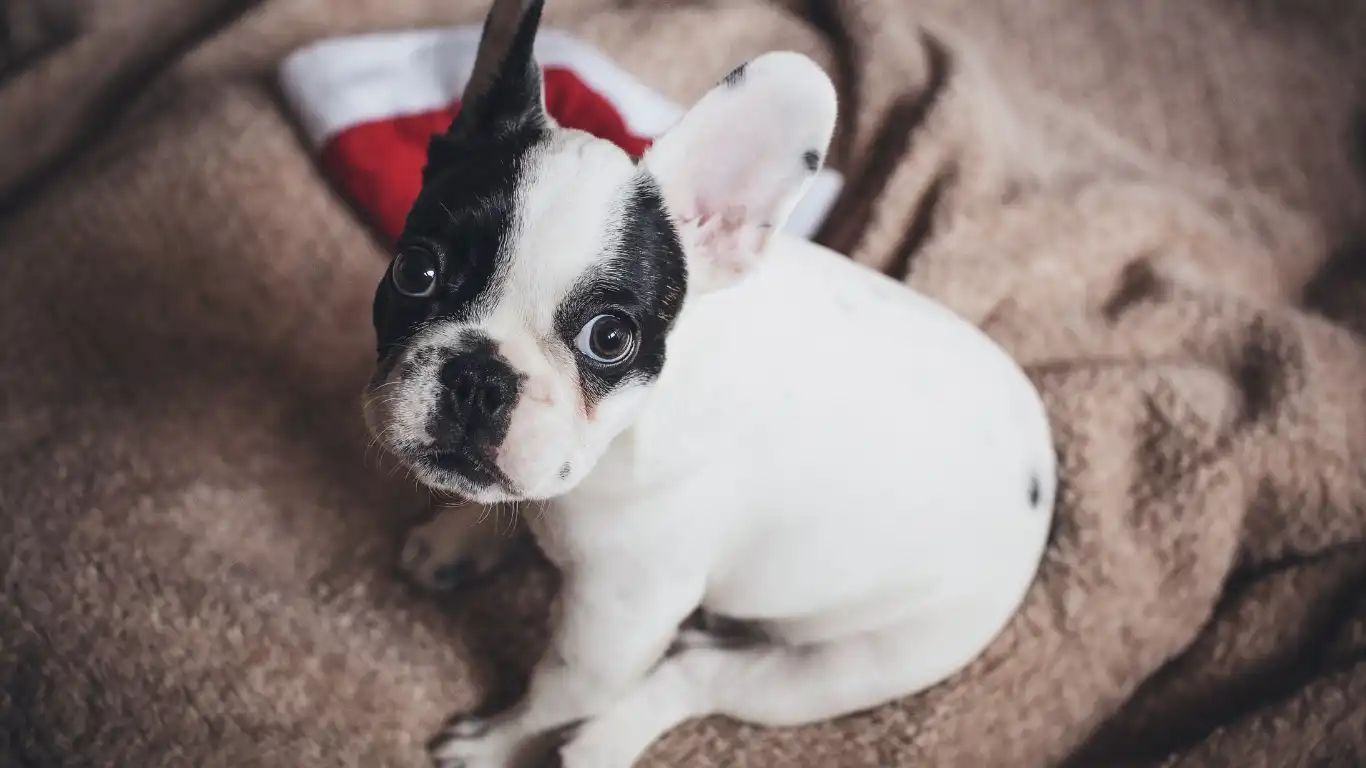
1. Spring & Summer
Warm weather brings longer play sessions, but it also ups the risks of heatstroke, dehydration, and bugs galore. As someone who’s pulled more than one tick from a wiggly pup, trust me—flea and tick prevention is non-negotiable. And don’t skip heartworm meds, especially with mosquitoes out in full force.
Bonus Tips:
- Freeze dog-safe broths into ice cubes for a hydrating treat
- Keep grass trimmed to reduce tick habitats
- Check ears and paws after play for foxtails or burrs
2. Fall & Winter
Colder months might slow things down, but dogs still need play and movement. Watch out for frozen puddles (I’ve seen dogs slip and strain joints), ice-melting salts (irritates paw pads), and sudden weather changes. I always recommend paw balm or dog boots when it gets frosty.
And yep—some dogs love snow zoomies. Just dry them off well afterward to prevent skin issues. I had a Husky patient who loved burrowing in snowbanks but ended up with an ear infection because moisture lingered in his ears. Lesson learned.
Backyard Play Can Boost Physical and Mental Health
1. Exercise That Doesn’t Feel Like Exercise
The beauty of backyard play is that it gives dogs an outlet for energy—without feeling like a chore for you. A quick game of fetch or a sniffari walk along the fence line gets their body moving and mind engaged. I like to think of it as “enrichment on autopilot.”
Plus, if you’re balancing a busy schedule (like most of us are), even 15 minutes outside can make a world of difference in your dog’s behavior and mood. Trust me, your couch and your shoes will thank you.
2. Strengthening Your Bond
One of the best parts of backyard time? The way it deepens your relationship. I’ve seen shy rescues come out of their shell with regular play, and anxious dogs grow more confident with structured yard time. It’s not just about safety—it’s about connection.
Get on the ground, toss the toy, share the space. Be their playmate, not just their caretaker.
Final Thoughts: A Safe Backyard Is a Happy Backyard
At the end of the day, learning how to keep your dog safe during backyard play isn’t about being overprotective—it’s about setting your dog up for joyful, worry-free time in the space they love most. It’s the combination of good habits, smart setups, a little prep, and a lot of love. From my experience in the field, I can tell you: dogs thrive when we meet them halfway—and your backyard can be a perfect playground with just a few tweaks.
So, go ahead—open that back door, toss the toy, and enjoy those tail-wagging moments. You’ve got this, and your pup is lucky to have you.
References:
Disclaimer:
This article is based on my personal experiences and professional background as a Veterinary Technician specializing in Nutrition. It is intended for informational purposes only and should not replace professional veterinary advice. Always consult your vet for specific guidance tailored to your pet’s needs.
